I did not know there is an island named Curacao. A few months back I got a wedding invitation with the destination at Curacao. What Curacao? Goggle it, oh my god it is so close to Venezuela. While I mention the island it seems nobody heard about this island. I decided to forget it and send my gift and email with an answer no for attending. In the meantime, my daughter-in-law corrected me so that I can pronounce the name properly. I found a 5-second video clip to pronounce it correctly. Link is as follows:
Now it is clear to my friends. Finally, I decided to attend the wedding at Curacao. And it was a good decision.
Curacao used to call by indigenous people as “korou”, Lurena Zurena told me. She is a tour manager to assist hotel visitors and guide them for local trips. As I had a few extra days I was enquiring about local trips. I found Lurena has good knowledge of history, politics, and a strong opinion of local and world political views. So I have started talking to her in length. We started talking about the economic situation of the island. I felt she found me as a good listener for her many grievances against the local political parties and relation with other powerful nations including USA; you guessed right? Even though she is vocal with her opinion but she is no way an activist. She is rather an ordinary common person who wants to see a better life for island people. She has corrected me by saying Aruba is closest to Venezuela than Curaçao. She said the chain of three islands is known as ABC (Aruba, Bonaire, and Curaçao) islands being part of the Kingdom of the Netherlands with autonomy, while Bonaire is a special municipality of the Netherlands. I have gathered a lot of history of Curacao, but I will note only a few details below:-
Four languages are predominant, the local language is Papiamento, and others are European language Dutch, Spanish, and English.
Presently the island has few parties but mostly with similar ideology. It had very good ties with business relations with Venezuela during the time of Hugo Chávez, but clearly strained relation with present Maduro government as trade restriction against Venezuela imposed by USA and Netherlands.
As I wanted to know some old history of the island her face became brightened and named the first person national hero “Tula” who in 1793 fought against European settlers to stop slavery. Tula was a slave; he was aware of the French Revolution and the revolutionary ideals of liberty, equality, and fraternity. “We have been abused too much, we do not seek to harm anyone, and we are just seeking our freedom.” These are Tula’s words. After the revolt was quelled Tula was sentenced to death. The execution took place on 3rd October 1795 on the south coast of the island in Otrabanda.
British occupied the island for a short period from 1800 to 1815. Finally, the Dutch regained the island in March 1815. General MANUEL CARLOS PIAR was born in Willemstad, Curaçao, He was a mestizo (mixed race: Spanish, Irish, and Afro/Venezuelan). He became General-in-Chief in 1810.
She mentioned another person Admiral Pedro with some reservations. He was born in Curaçao in 1782 and studied in Holland. After his first victory over Spanish warships, he was named admiral.
Something caught my eyes, all buildings are multi-color, she explained to me in 1817 local administration decided tropical sun reflecting off whitewash walls was harmful to the eyes. So whitewash became illegal. Nowadays, houses of all colors can be seen all across the island
During the demolition of old city walls in 1862, the entire Island was quarantined due to the smallpox outbreak dramatically affected Curaçao’s trade economy for several years until the Shell oil company arrived.
Built-in the year 1883 VAN DEN BRANDHOF BRIDGE, connecting Punda and Scharloo was the first bridge in Curaçao. This bridge had lost its importance when the Wilhelmina Bridge was completed in 1928.
To my surprise, it is so nice to know the world-class tennis player Jean Julien who won a Masters and Grand Slam title is from Curaçao.
Our day trip starts early in the morning from our Marriott hotel. We were lucky our van had only one other couple. Moreover, they had to leave before 2 PM for their ship so we had the van only by ourselves. Our tour guide was a lady of good knowledge of local history. As we traveled through the island she was educating us about local art and culture. Our tour did not include the street art at Otrobando, so she has suggested us to take another tour later. She also suggested us to see Seu festival and the street walking tour during our future trip.
We stopped by the roadside to watch the Flamingo and took a few pictures. After a long drive through almost desert area, we came to Shete Boka Park, we were allowed to ride by van to northern coast Boka Table where the ocean is colliding with rugged terrain. It is an amazing view and feels the power of nature’s force. We took many pictures at Boka Pistol. We took late lunch and stop by the canal and took pictures around the canal.
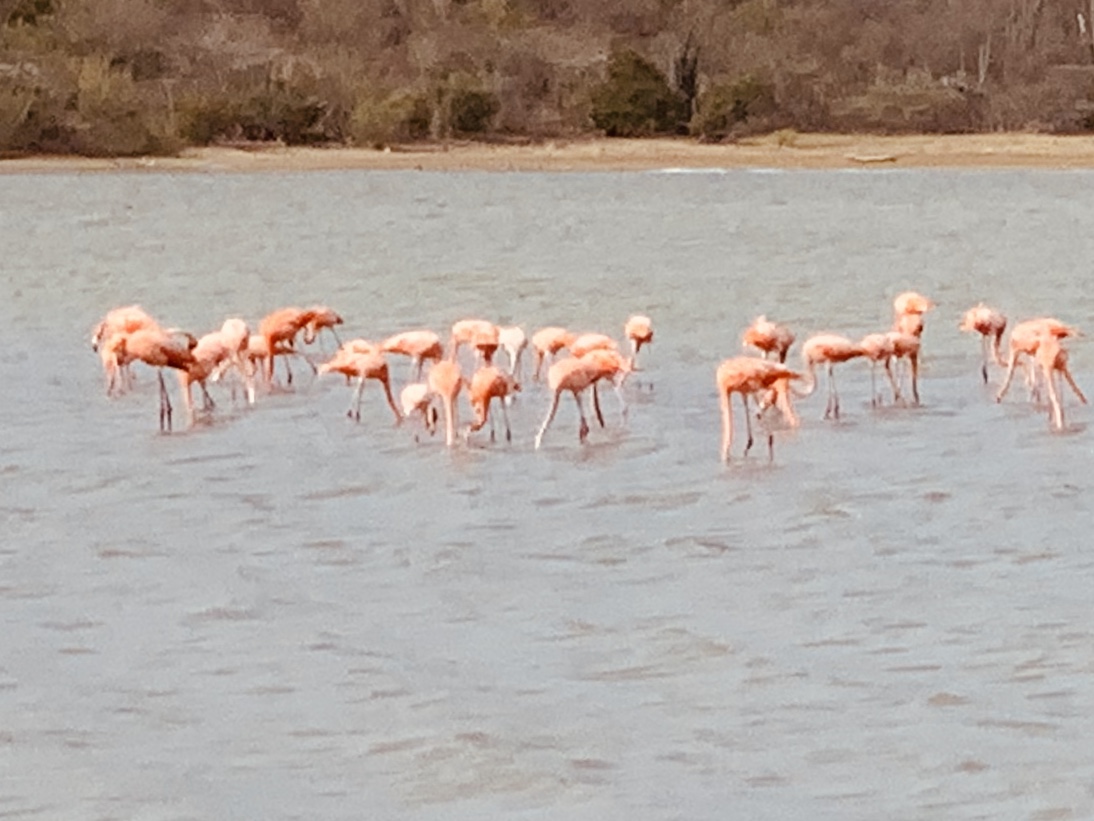
Flamingo
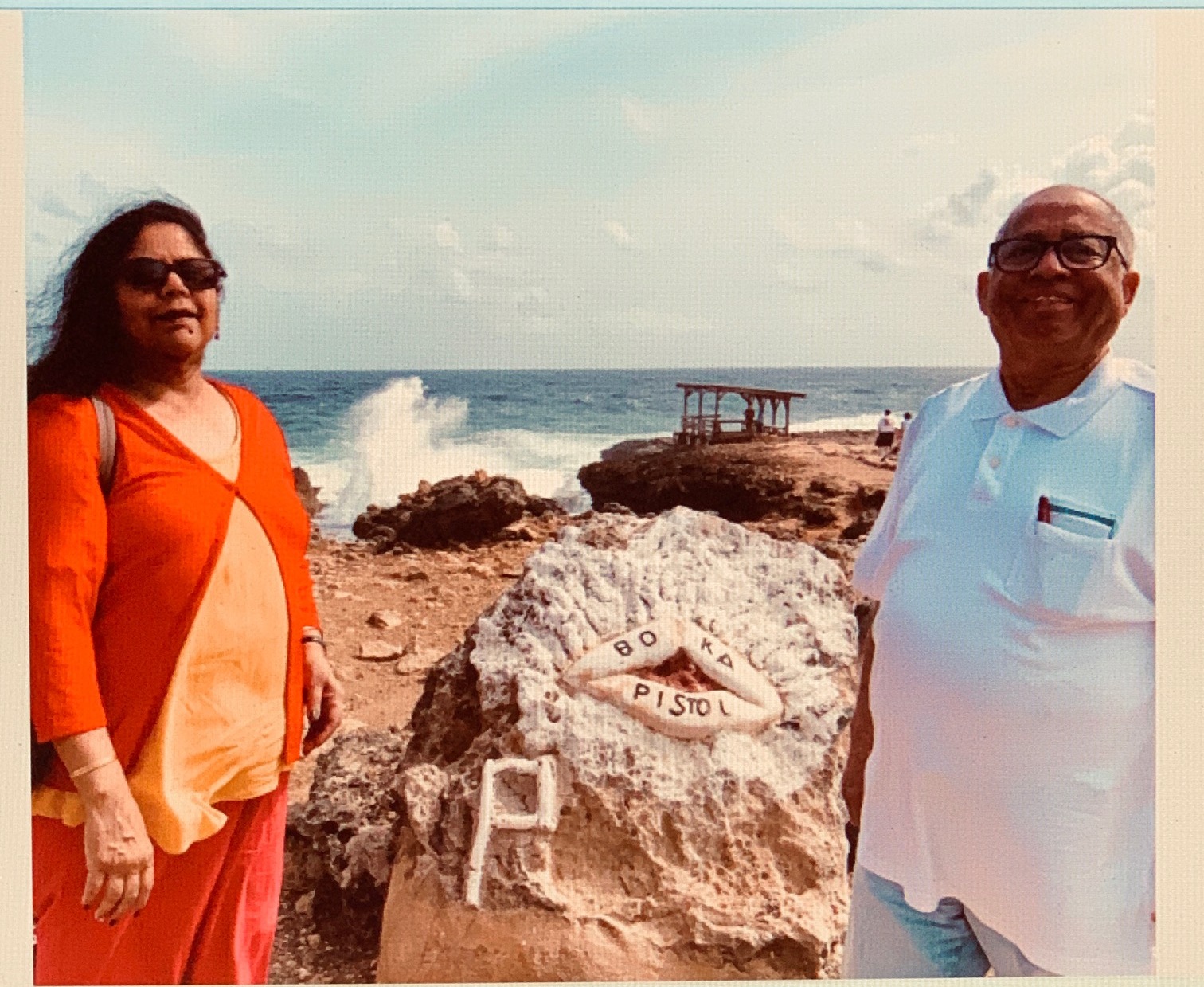
Shete Boka Park
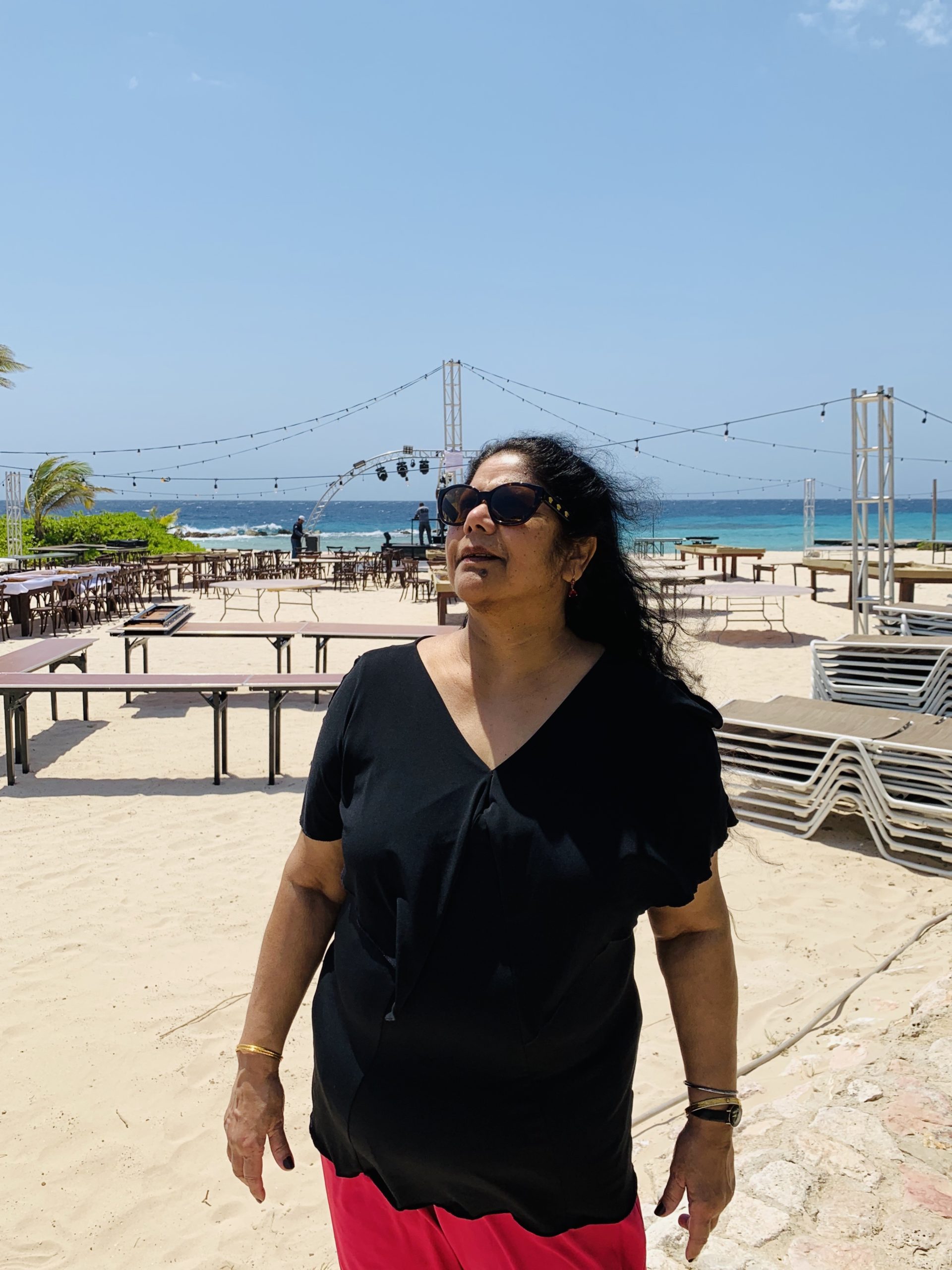
At the beach background of wedding platform


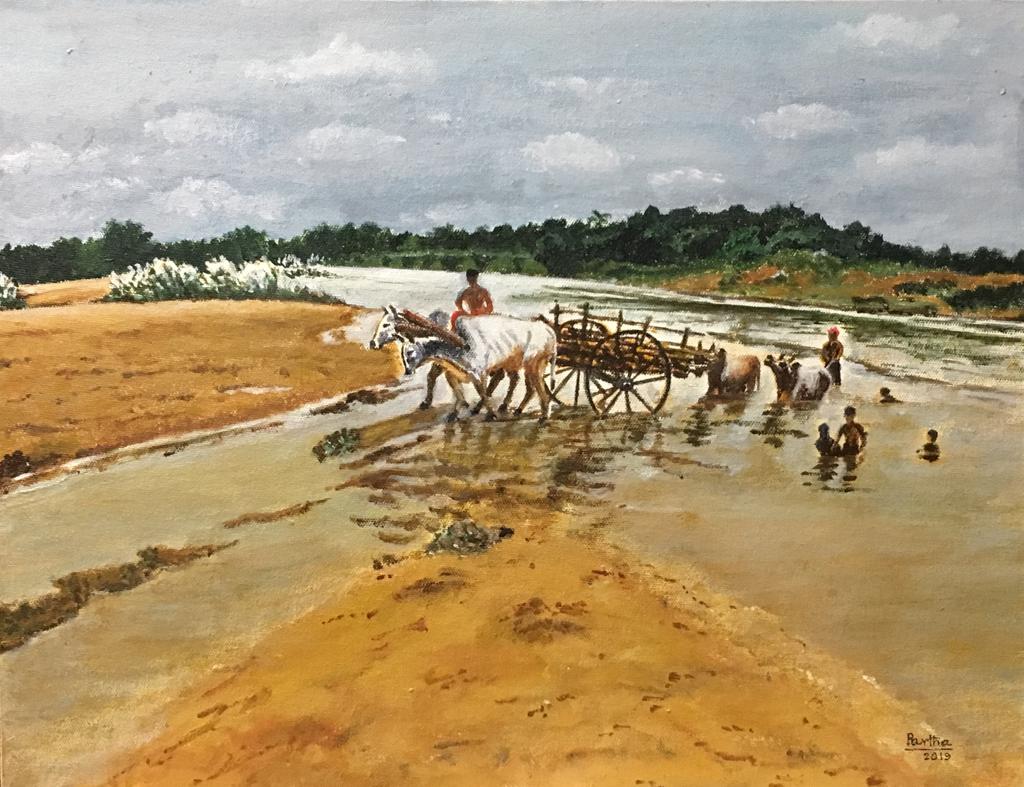
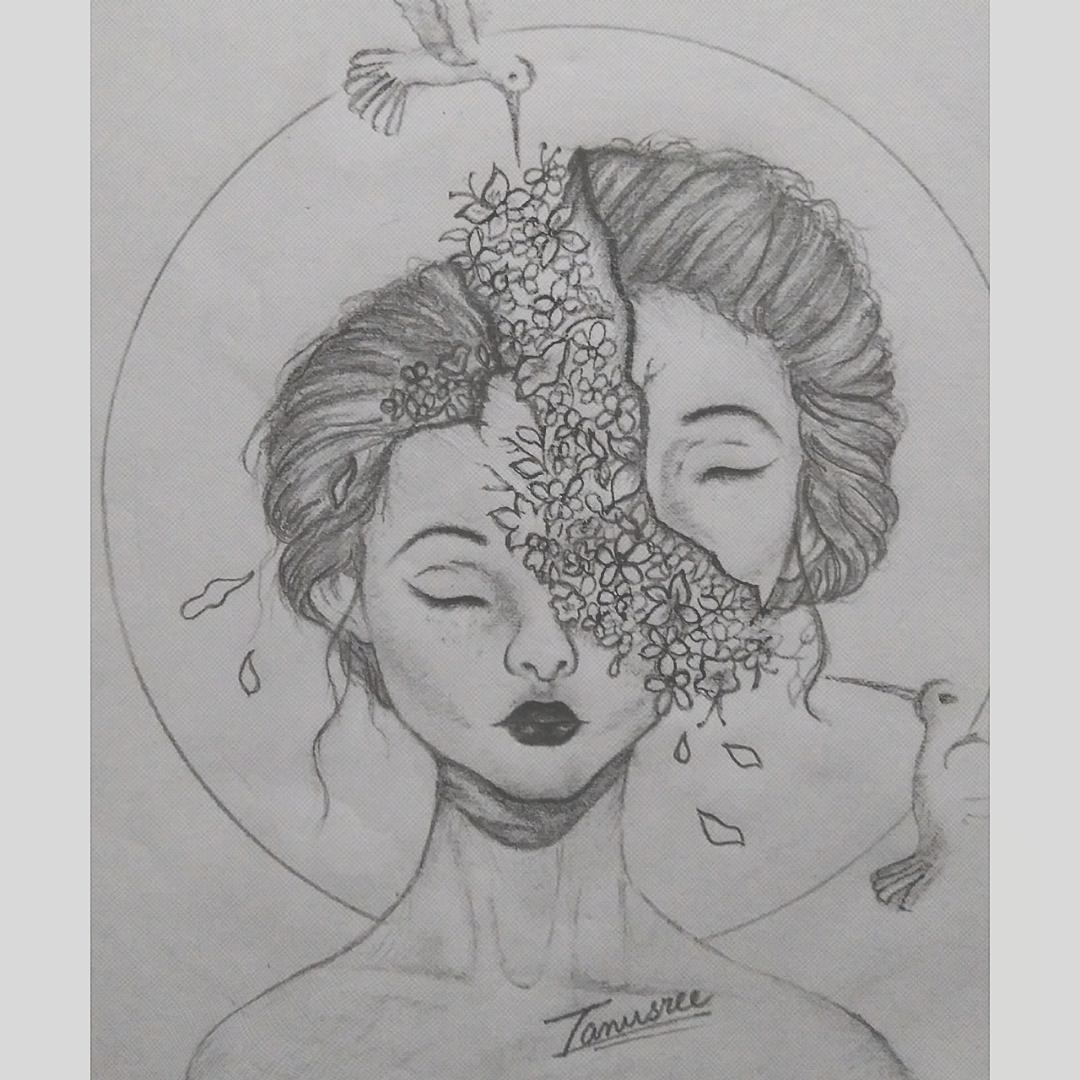
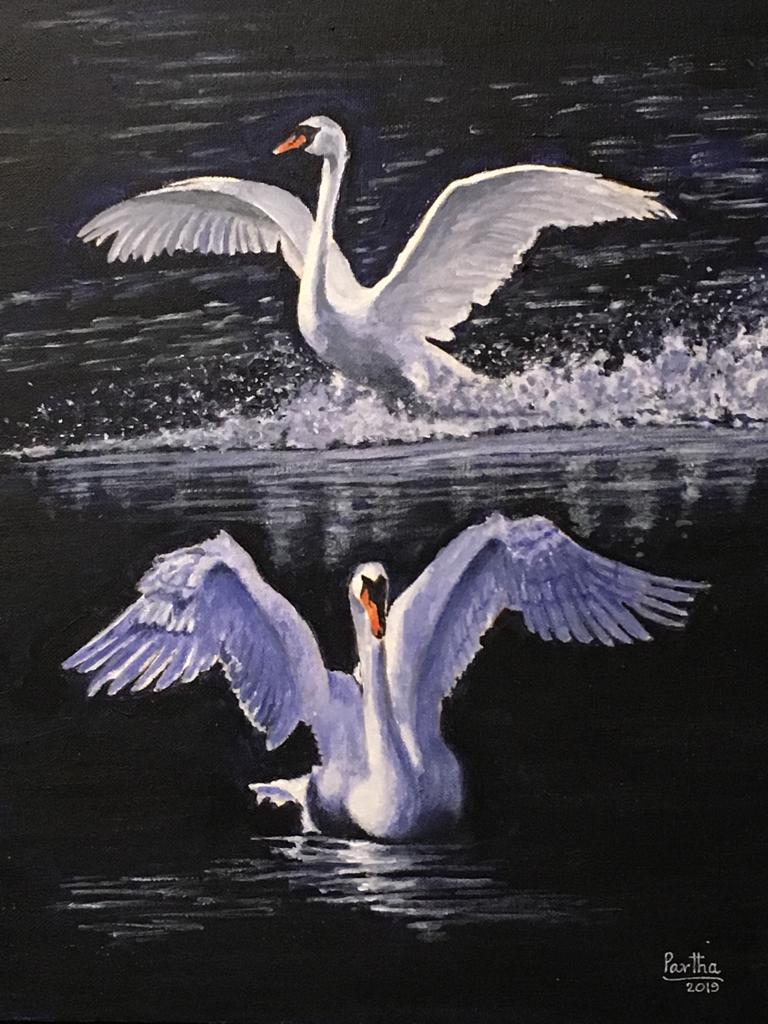
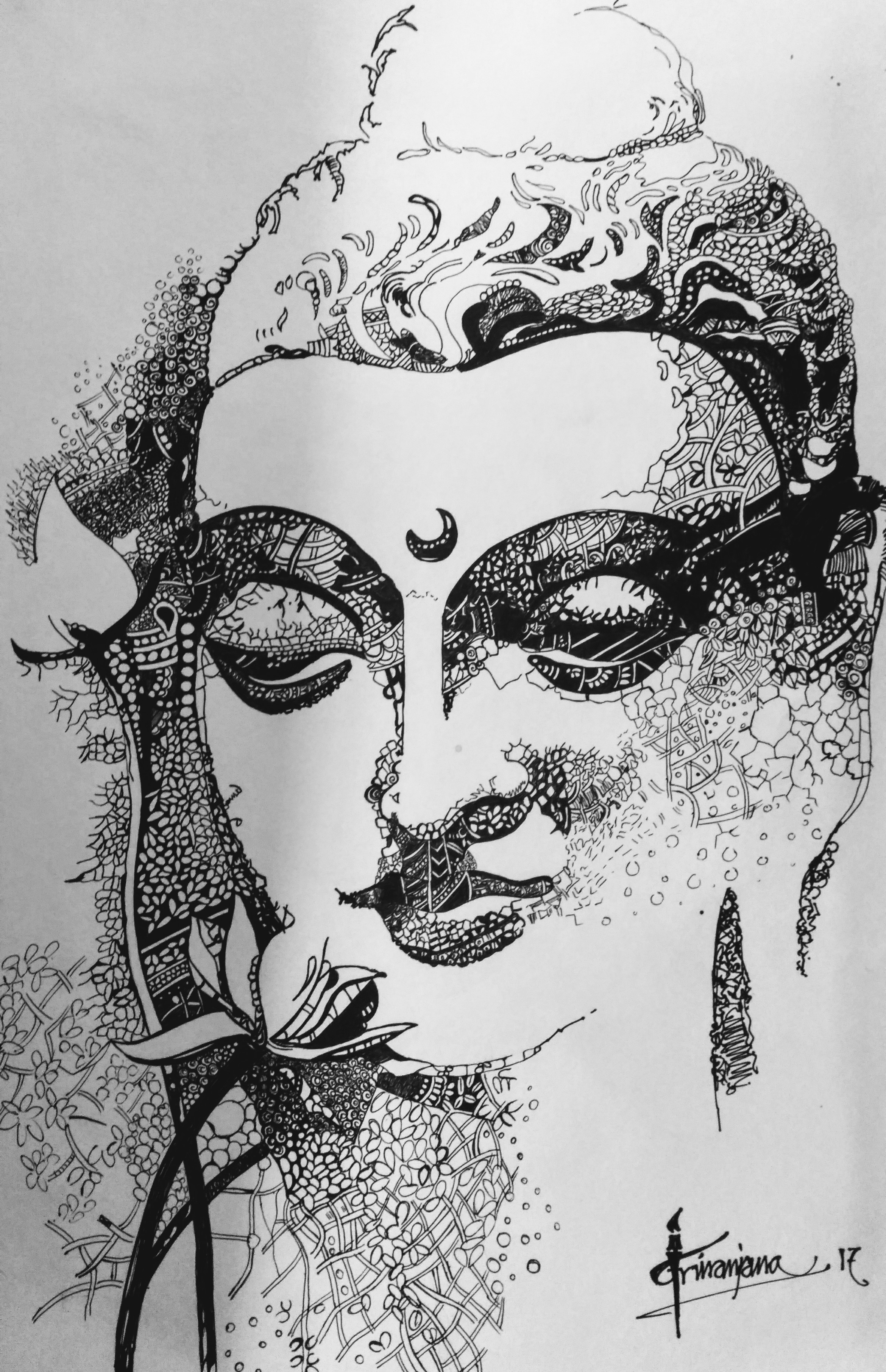


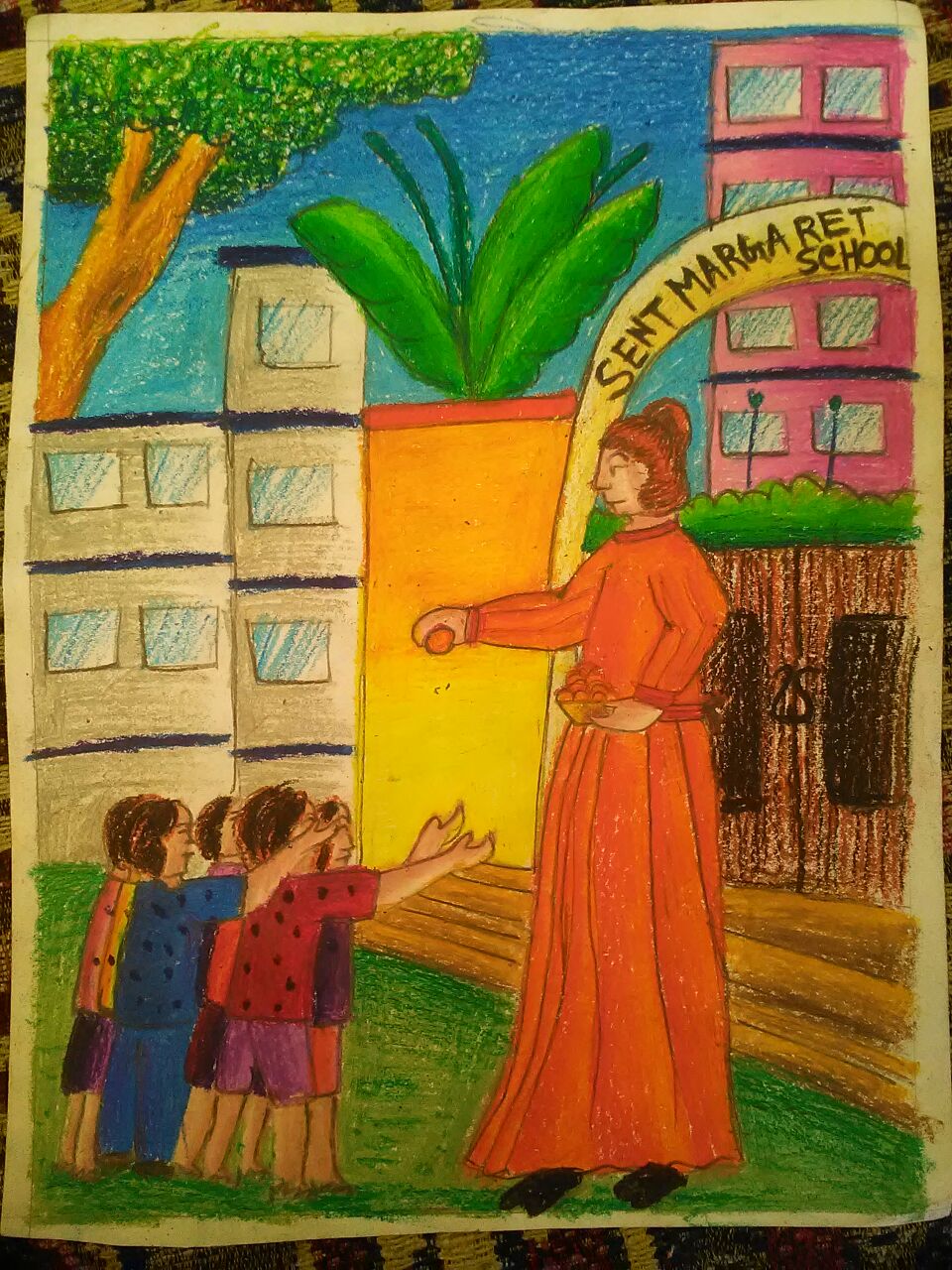

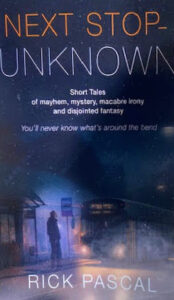

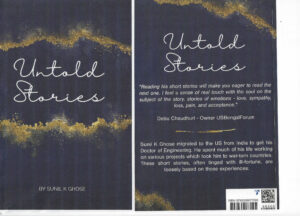
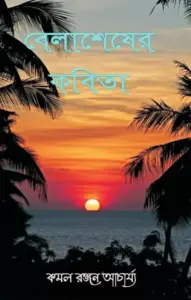
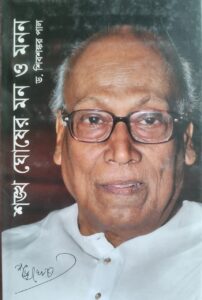
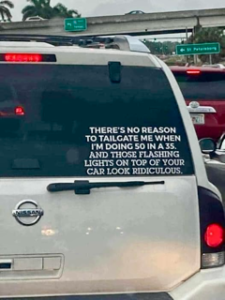
Comments »
No comments yet.
RSS feed for comments on this post. TrackBack URL
Leave a comment